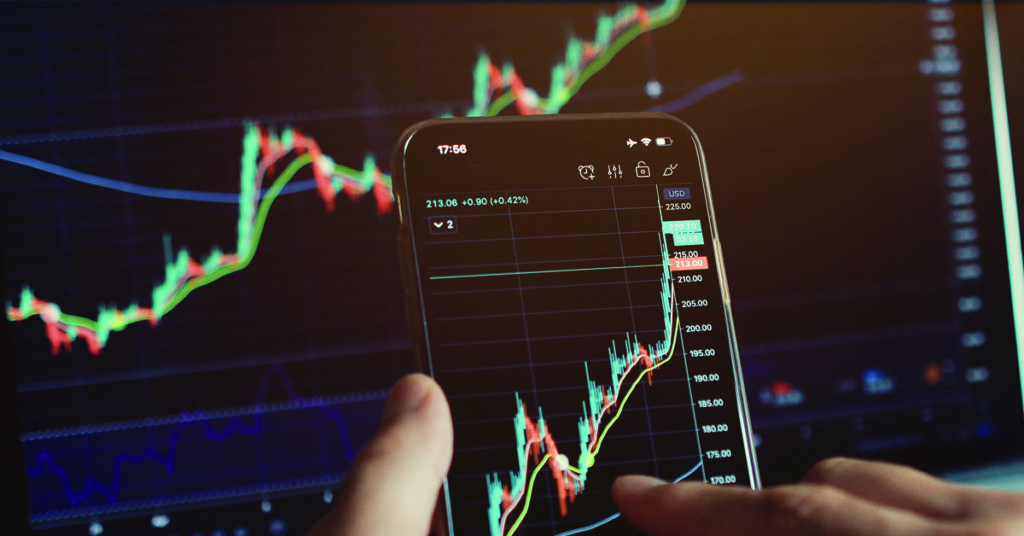What is Technical Analysis

Technical analysis is a method of evaluating securities by analyzing statistics generated by market activity, such as past prices and volume. Technical analysts believe that the historical performance of a security, such as a stock, currency or commodity, can be used to predict its future performance.
Technical analysts use charts and other tools to identify patterns and trends in the market. They look for key levels of support and resistance, chart patterns, and indicators to identify buying and selling opportunities. They also use technical indicators such as moving averages, relative strength index (RSI), and Bollinger bands to help identify trends and potential trading opportunities.
Main Principles of Technical Analysis.
One of the main principles of technical analysis is that the market tends to move in trends. Technical analysts believe that by identifying these trends, they can anticipate future price movements and make profitable trades.
Some of the main benefits of technical analysis include:
- Technical analysis is objective and based on historical data, so it can be used to make unbiased trading decisions.
- Technical analysis can be used in any market and on any time frame, making it a versatile tool for traders and investors.
- Technical analysis can be used in combination with fundamental analysis, which looks at the underlying economic and financial factors that can affect a security’s price.
more details about technical analysis:
Chart patterns: Technical analysts use charts to identify patterns in the market, such as head and shoulders, triangles, and flags. These patterns can indicate potential turning points in the market and provide clues about future price movements.
Support and resistance: Technical analysts also look for key levels of support and resistance on charts. Support refers to the level at which demand for a security is strong enough to prevent the price from falling further. Resistance refers to the level at which selling pressure is strong enough to prevent the price from rising further.
Indicators: Technical analysts use a variety of indicators to help identify trends and potential trading opportunities. Some of the most commonly used indicators include moving averages, relative strength index (RSI), and Bollinger bands.
- Moving averages are used to smooth out price fluctuations and help identify trends. Simple moving averages (SMA) and exponential moving averages (EMA) are the most commonly used moving averages.
- RSI (Relative Strength Index) is a momentum indicator that compares the magnitude of recent gains to recent losses in an attempt to determine overbought and oversold conditions of an asset.
- Bollinger Bands is a volatility indicator that consists of a moving average and two standard deviations plotted above and below it. The bands expand and contract based on volatility and provide buy and sell signals when the price moves outside the bands.
Time frames: Technical analysts use different time frames to analyze securities. Some analysts focus on short-term time frames, such as 5-minute or 15-minute charts, while others focus on longer-term time frames, such as daily, weekly, or monthly charts.
Combining with other methods: Technical analysis is just one way of analyzing the financial markets and it is often used in combination with other methods, such as fundamental analysis and quantitative analysis, to provide a more complete picture of the market conditions.
Summary of Technical Analysis
It’s worth noting that technical analysis is not a perfect method, it’s based on past performance which may not be indicative of future results, and it’s not suitable for all investors. Technical analysis can also be affected by the psychological and emotional state of the market participants, which can lead to an overreaction to market events. Additionally, technical analysis is not a guarantee of future performance and it should be used in combination with other methods to make informed decisions.





Responses